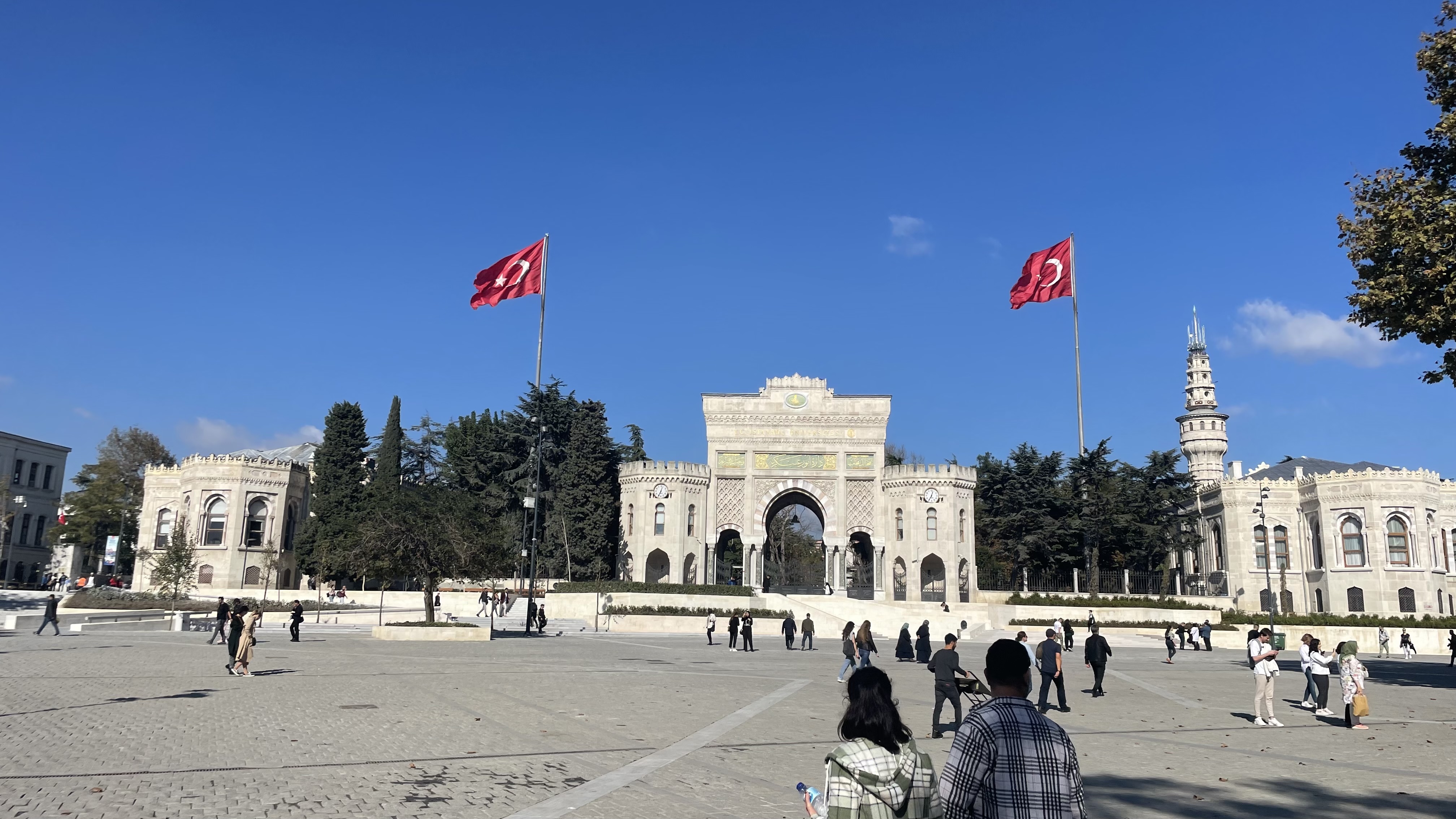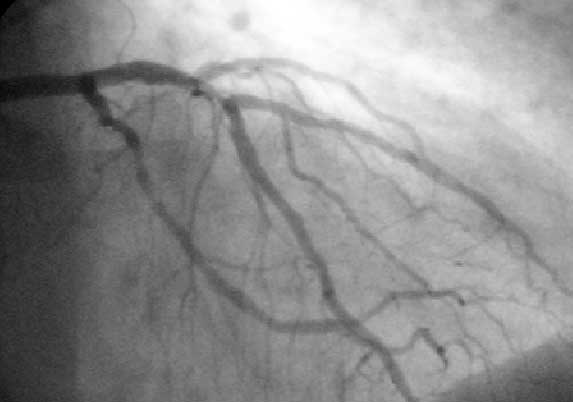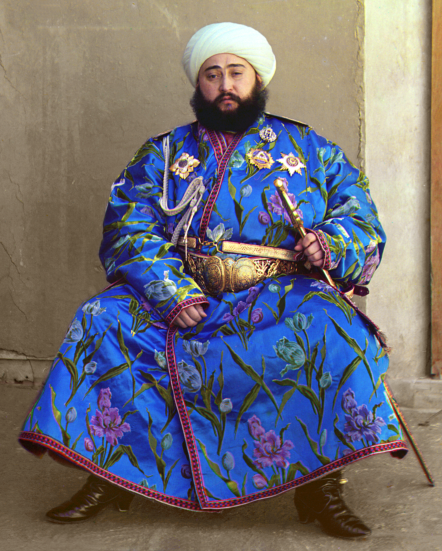|
Ferhan Şensoy
Osman Ferhan Şensoy (26 February 1951 – 31 August 2021) was a Turkish actor, playwright and director. Private life Şensoy was born in Çarşamba district of Samsun Province in northern Turkey on 26 February 1951. After attending Galatasaray High School some time, he finished Çarşamba High School in 1970. In 1988, he married stage and film actress Derya Baykal (born 1957). From this marriage two daughters, Müjgan Ferhan and Derya, were born. The couple divorced in 2004. He made his second marriage secretly in 2014 with stage actress Elif Durdu (born 1977), who played with Şensoy in the play ''“Beni Ben mi Delirttim?'' (literally "Did I Drive Me Crazy?") in 2003. Career He experienced his first professional acting with "Grup Oyuncuları" in 1971. Between 1972 and 1975, he studied Theatre in education in France and Canada. He worked under Jérôme Savary and Andre-Louis Périnetti. He was awarded the title "Best Foreigner Playwright" in Montreal, Canada in 1975 for his ... [...More Info...] [...Related Items...] OR: [Wikipedia] [Google] [Baidu] |
Çarşamba
Çarşamba is a town and district (ilçe) of Samsun Province in the Black Sea region of Turkey, in the center of the Çarşamba Plain. It is the second largest district of the Samsun province after Bafra. The mayor is Halit Doğan ( AKP). Ferhan Şensoy - writer, actor and stage director - was born here. The town is bisected by the Yeşilırmak river running south-to-north and by the Black Sea Coastal Road (D010) which runs west-to-east. There is a Sugar Factory in Çarşamba county. See also *Göğceli Mosque Göğceli Mosque ( tr, Göğceli Camii) is a historic log mosque situated inside the Göğceli Cemetery in Çarşamba, Samsun, northern Turkey. Built during the Seljuk Empire period in the 1200s, the log mosque was constructed without the use of ..., Seljuk Empire era log mosque in Göğceli Cemetery References External links Çarşamba municipality's official website Populated places in Samsun Province Towns in Turkey {{Samsun-geo-stub ... [...More Info...] [...Related Items...] OR: [Wikipedia] [Google] [Baidu] |
Surp Agop Hospital
Surp Agop Hospital (Turkish: Surp Agop Hastanesi) or Saint Jacob Armenian Hospital is a hospital in the Elmadağ neighborhood of Şişli district of Istanbul which was established in 1837 and continues to be operated by the Armenian Catholic community of Turkey. The hospital also owned all rights of the Pangaltı Armenian Cemetery which was destroyed in the 1930s. The hospital was widely noted before and after World War I for its work. Using the names of the districts of the time it was known as "The hospital Sourp-Agop of Pancaldi above Pera." Armenian fundraising for the hospital continued after World War II World War II or the Second World War, often abbreviated as WWII or WW2, was a world war that lasted from 1939 to 1945. It involved the vast majority of the world's countries—including all of the great powers—forming two opposin ....TURCS d'hier et d'aujourd'hui Par WILLY SPERCO - Page 57 Willy Sperco - 1961 "Aujourd'hui, le grand bal de la Société ... [...More Info...] [...Related Items...] OR: [Wikipedia] [Google] [Baidu] |
Beyoğlu
Beyoğlu (, ota, بكاوغلی, script=Arab) is a district on the European side of İstanbul, Turkey, separated from the old city (historic peninsula of Constantinople) by the Golden Horn. It was known as the region of Pera (Πέρα, meaning "Beyond" in Greek language, Greek) surrounding the ancient coastal town Galata which faced Constantinople across the Horn. Beyoğlu continued to be named Pera during the Middle Ages and, in western languages, into the early 20th century. According to the prevailing theory, the Turkish name of Pera, ''Beyoğlu'', is a modification by folk etymology of the Republic of Venice, Venetian title of ''Bailo of Constantinople, Bailo'', whose mansion was the grandest structure in this quarter. The informal Turkish-language title ''Bey Oğlu'' (literally ''Son of a Bey'') was originally used by the Ottoman Empire, Ottoman Turks to describe Lodovico Gritti, Istanbul-born son of Andrea Gritti, who was the Venetian Bailo of Constantinople during the ... [...More Info...] [...Related Items...] OR: [Wikipedia] [Google] [Baidu] |
Istanbul University
, image = Istanbul_University_logo.svg , image_size = 200px , latin_name = Universitas Istanbulensis , motto = tr, Tarihten Geleceğe Bilim Köprüsü , mottoeng = Science Bridge from Past to the Future , established = 1453 1846 1933 , type = Public university Research university , rector = Prof. Dr. Mahmut Ak , students = 69,411 , undergrad = 51,714 , postgrad = 16,669 , academic_staff = 4,101 , city = Istanbul , country = Turkey , campus = Beyazıt CampusVezneciler CampusAvcılar CampusÇapa CampusKadıköy Campus , coor = , colors = Green Yellow , affiliations = Coimbra Group EUA UNIMED , website = , free_label = Founder , free = Mehmed II Istanbul University ( tr, İstanbul Üniversitesi) is a prominent public research university located in Istanbul, Turkey. Founded by Mehmed II on May 30, 1453, a day after the conquest of Constantinople by the Turks, it was reformed in 1846 as the first Ottoman higher education institution based on Europea ... [...More Info...] [...Related Items...] OR: [Wikipedia] [Google] [Baidu] |
Angioplasty
Angioplasty, is also known as balloon angioplasty and percutaneous transluminal angioplasty (PTA), is a minimally invasive endovascular procedure used to widen narrowed or obstructed arteries or veins, typically to treat arterial atherosclerosis. A deflated balloon attached to a catheter (a balloon catheter) is passed over a guide-wire into the narrowed vessel and then inflated to a fixed size. The balloon forces expansion of the blood vessel and the surrounding muscular wall, allowing an improved blood flow. A stent may be inserted at the time of ballooning to ensure the vessel remains open, and the balloon is then deflated and withdrawn. Angioplasty has come to include all manner of vascular interventions that are typically performed percutaneously. The word is composed of the combining forms of the Greek words ἀνγεῖον ' "vessel" or "cavity" (of the human body) and πλάσσω ' "form" or "mould". Uses and indications Coronary angioplasty A coronary ... [...More Info...] [...Related Items...] OR: [Wikipedia] [Google] [Baidu] |
Internal Bleeding
Internal bleeding (also called internal hemorrhage) is a loss of blood from a blood vessel that collects inside the body. Internal bleeding is usually not visible from the outside. It is a serious medical emergency but the extent of severity depends on bleeding rate and location of the bleeding (e.g. head, torso, extremities). Severe internal bleeding into the chest, abdomen, retroperitoneal space, pelvis, and thighs can cause hemorrhagic shock or death if proper medical treatment is not received quickly. Internal bleeding is a medical emergency and should be treated immediately by medical professionals. Signs and symptoms At first, there may be no symptoms of internal bleeding. If an organ is damaged and it bleeds, it can be painful. Over time, internal bleeding can cause low blood pressure (hypotension), increased heart rate (tachycardia), increased breathing rate (tachypnea), confusion, drowsiness, and loss of consciousness. A patient may lose more than 30% of their blood v ... [...More Info...] [...Related Items...] OR: [Wikipedia] [Google] [Baidu] |
Rasim Öztekin
Rasim Öztekin () (14 January 1959 – 8 March 2021) was a Turkish actor. He appeared in more than forty films since 1985. Death Öztekin died of a heart attack on 8 March 2021 in Istanbul at the age of 62. He was buried at Zincirlikuyu Cemetery __NOTOC__ The Zincirlikuyu Cemetery ( tr, Zincirlikuyu Mezarlığı) is a modern burial ground residing on the European part of Istanbul, Turkey. It is administered by the Metropolitan Municipality. Many prominent figures from the world of polit .... Selected filmography References External links * 1959 births 2021 deaths Turkish male film actors Male actors from Istanbul Burials at Zincirlikuyu Cemetery {{Turkey-actor-stub ... [...More Info...] [...Related Items...] OR: [Wikipedia] [Google] [Baidu] |
Cinema Of Turkey
Cinema of Turkey or Turkish cinema (also old known as ''Yeşilçam'' literally means ''The Green Pine'' in Turkish language), () or Türk sineması is the sobriquet that refers to the Turkish film art and industry. It is an important part of Turkish culture, and has flourished over the years, delivering entertainment to audiences in Turkey, Turkish expatriates across Europe, Balkans & Eastern Europe, also more recently prospering in the Arab world and to a lesser extent, the rest of the world. The first film exhibited in the Ottoman Empire was the Lumière Brothers' 1895 film, ''L'Arrivée d'un train en gare de La Ciotat'', which was shown in Istanbul in 1896. ''The Weavers'' (1905), by the Manaki brothers, was the first film made in the Ottoman Empire. The earliest surviving film made in what is present-day Turkey was a documentary entitled ''Ayastefanos'taki Rus Abidesinin Yıkılışı'' (''Demolition of the Russian Monument at San Stefano''), directed by Fuat Uzkınay ... [...More Info...] [...Related Items...] OR: [Wikipedia] [Google] [Baidu] |
Münir Özkul
Münir Özkul (15 August 1925 – 5 January 2018) was a Turkish cinema and theatre actor. He has been awarded the title of "State Artist of Turkey". In 1972, he won a International Antalya Film Festival, Golden Orange Award for Best Actor for his performance in ''Sev Kardeşim''. Career He completed his formal education at İstanbul Erkek Lisesi. Özkul starting his acting career at Bakırköy Halkevi theatre. Later he worked at Ankara State theatre and İstanbul Şehir theatre. He became famous after his role in Muhsin Ertuğrul's ''Fareler ve İnsanlar''. From the 1950s onwards, he acted mostly in cinema. During the 1970s, he appeared in many films of the director Ertem Eğilmez like ''Hababam Sınıfı'', ''Şabanoğlu Şaban'', ''Mavi Boncuk'', ''Banker Bilo'', ''Namuslu''. Many of these films paired him with the actress Adile Naşit. Other films include ''Edi ile Büdü'', ''Halıcı Kız'', ''Kalbimin Şarkısı'', ''Miras Uğruna'', ''Balıkçı Güzeli'', ''Neşeli G ... [...More Info...] [...Related Items...] OR: [Wikipedia] [Google] [Baidu] |
Improvisational Theatre
Improvisational theatre, often called improvisation or improv, is the form of theatre, often comedy, in which most or all of what is performed is unplanned or unscripted: created spontaneously by the performers. In its purest form, the dialogue, action, story, and characters are created collaboratively by the players as the improvisation unfolds in present time, without use of an already prepared, written script. Improvisational theatre exists in performance as a range of styles of improvisational comedy as well as some non-comedic theatrical performances. It is sometimes used in film and television, both to develop characters and scripts and occasionally as part of the final product. Improvisational techniques are often used extensively in drama programs to train actors for stage, film, and television and can be an important part of the rehearsal process. However, the skills and processes of improvisation are also used outside the context of performing arts. This practice, known ... [...More Info...] [...Related Items...] OR: [Wikipedia] [Google] [Baidu] |
Theatre In The Round
A theatre in the round, arena theatre or central staging is a space for theatre in which the audience surrounds the stage. Theatre-in-the-round was common in ancient theatre, particularly that of Greece and Rome, but was not widely explored again until the latter half of the 20th century. The Glenn Hughes Penthouse Theatre in Seattle, Washington was the first theatre-in-the-round venue built in the United States. It first opened on May 19, 1940 with a production of ''Spring Dance'', a comedy by playwright Philip Barry. The 160-seat theatre is located on the campus of the University of Washington in Seattle and is on the National Register of Historic Places. In 1947, Margo Jones established America's first professional theatre-in-the-round company when she opened her Theater '47 in Dallas. The stage design as developed by Margo Jones was used by directors in later years for such well-known shows as the Tony Award-winning musical ''Fun Home'', the original stage production of ... [...More Info...] [...Related Items...] OR: [Wikipedia] [Google] [Baidu] |
Turban
A turban (from Persian دولبند, ''dulband''; via Middle French ''turbant'') is a type of headwear based on cloth winding. Featuring many variations, it is worn as customary headwear by people of various cultures. Communities with prominent turban-wearing traditions can be found in the Indian subcontinent, Southeast Asia, the Arabian Peninsula, the Middle East, the Balkans, the Caucasus, Central Asia, North Africa, West Africa, East Africa, and amongst some Turkic peoples in Russia as well as Ashkenazi Jews. A keski is a type of turban, a long piece of cloth roughly half the length of a traditional "single turban", but not cut and sewn to make a double-width "Double Turban" (or Double Patti). Wearing turbans is common among Sikh men, and infrequently women. They are also worn by Hindu monks. The headgear also serves as a religious observance, including among Shia Muslims, who regard turban-wearing as ''Sunnah mu’akkadah'' (confirmed tradition). The turban is also the tr ... [...More Info...] [...Related Items...] OR: [Wikipedia] [Google] [Baidu] |




.jpg)

.jpg)
